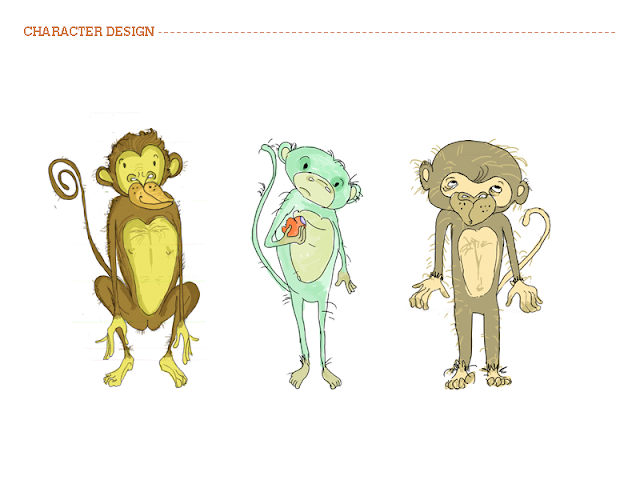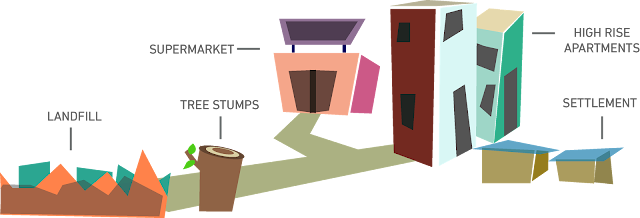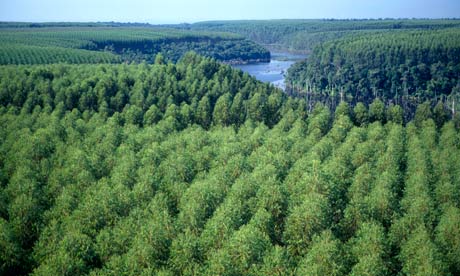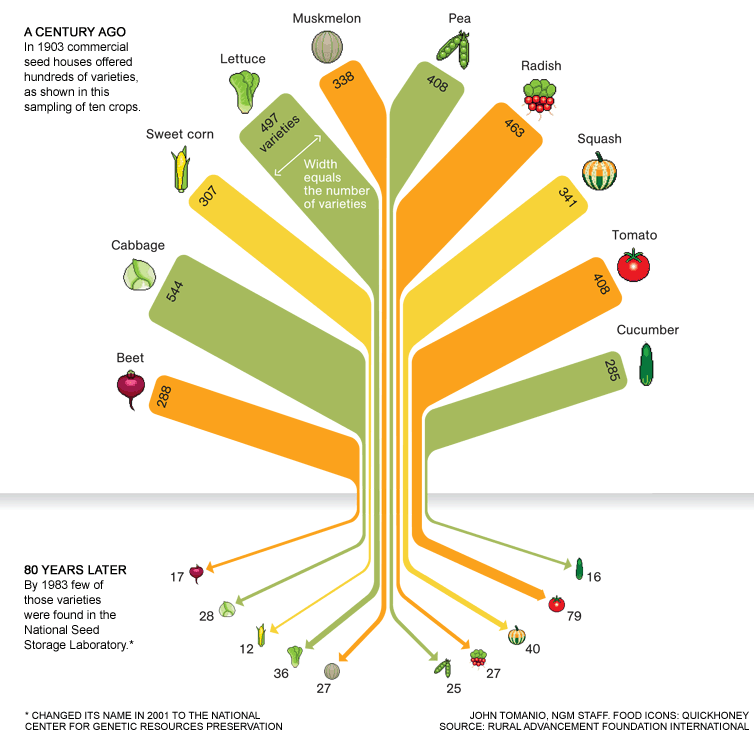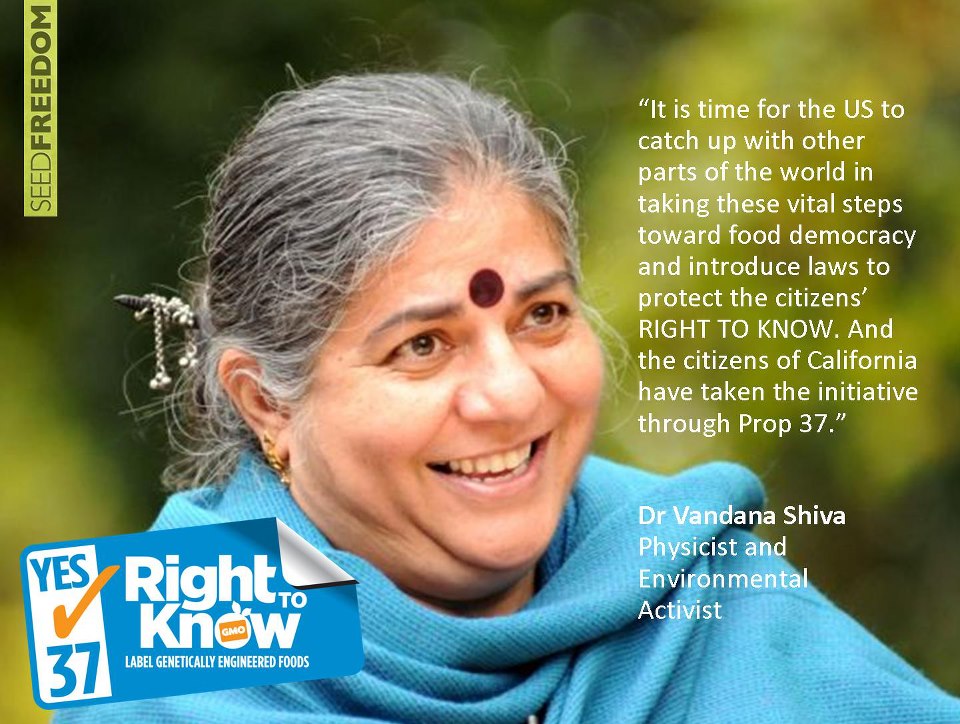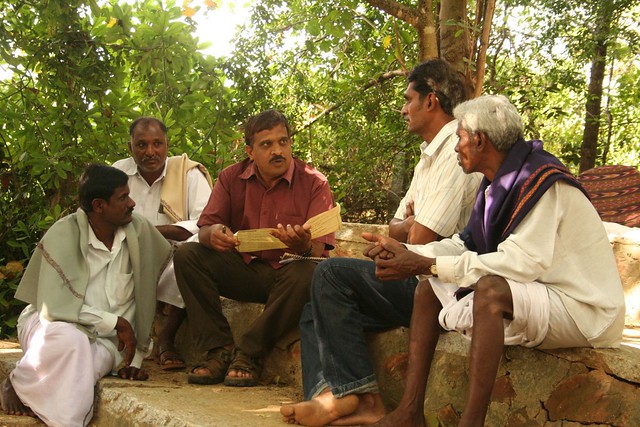23rd August, 2013
Thethird seminar presentation gives an overview of the storybook, the stories, themes and the character sketches. It also exhibits some initial character design explorations. The presentation can be viewed here:
The feedback for this seminar was:
Thethird seminar presentation gives an overview of the storybook, the stories, themes and the character sketches. It also exhibits some initial character design explorations. The presentation can be viewed here:
The feedback for this seminar was:
PRESENTATION :
CONCEPT DEVELOPMENT :
- The project demands a strong hand in illustration which is not demonstrated. Need to draw every day and develop a style suitable for the project.
- Draw the animals from life to get a better judgment of what can be exaggerated and to capture nuances.
CONCERNS :
- Highlight the themes and tighten the connections for the reader. - Meet the writing team before creating newer drafts.
NEXT STEPS:- Create newer drafts of the written content to make it direct and make the message clear.
- Draw every day to develop an illustration style.
- Begin working on layouts.
- When describing the plot of the story, talk about the larger scenario and how individual accounts are interlinked.
- The energy dips when the audience is asked to read excerpts from the story, instead they should be read-aloud when presenting.
- The energy dips when the audience is asked to read excerpts from the story, instead they should be read-aloud when presenting.
CONCEPT DEVELOPMENT :
- The characters seem to be at a point of death and resurrection, which gives the story potential to turn the course of events.
- Push the satire and naivety in the tone to create interest.
- Write all the accounts in first person to make the inanimate characters easier to relate to and to give them a personality beyond their basic function.
DESIGN DEVELOPMENT : - Push the satire and naivety in the tone to create interest.
- Write all the accounts in first person to make the inanimate characters easier to relate to and to give them a personality beyond their basic function.
- The project demands a strong hand in illustration which is not demonstrated. Need to draw every day and develop a style suitable for the project.
- Draw the animals from life to get a better judgment of what can be exaggerated and to capture nuances.
CONCERNS :
- Highlight the themes and tighten the connections for the reader. - Meet the writing team before creating newer drafts.
NEXT STEPS:- Create newer drafts of the written content to make it direct and make the message clear.
- Draw every day to develop an illustration style.
- Begin working on layouts.




